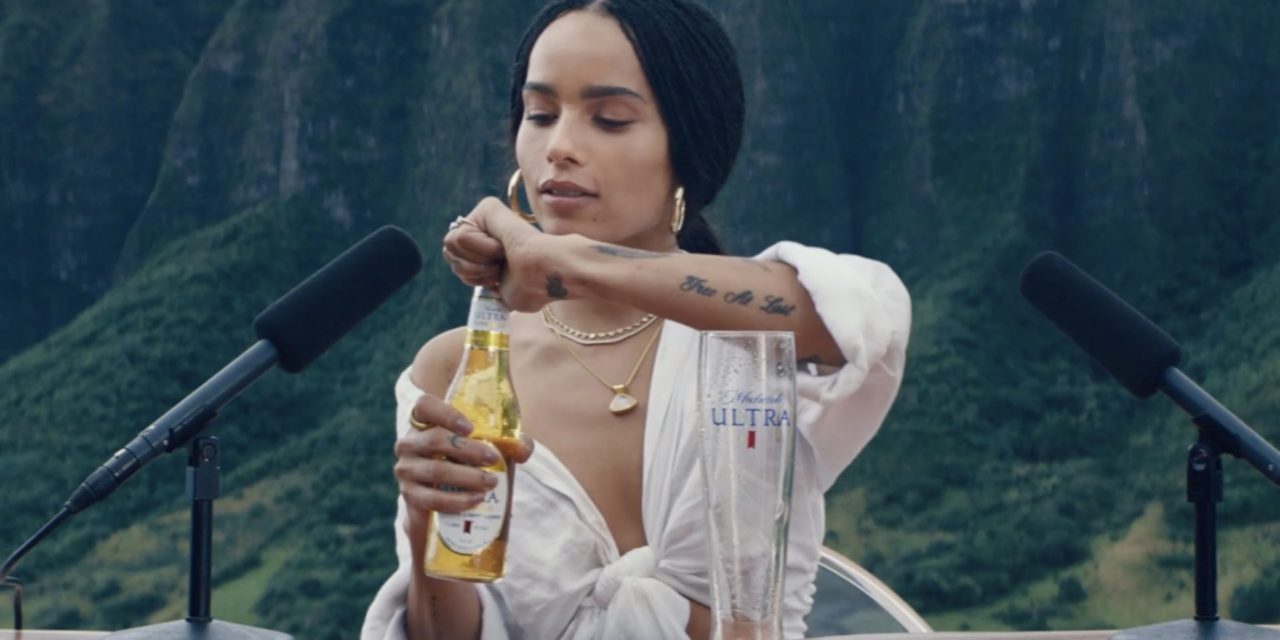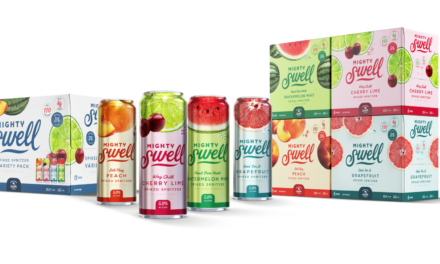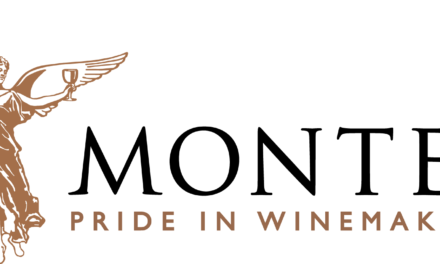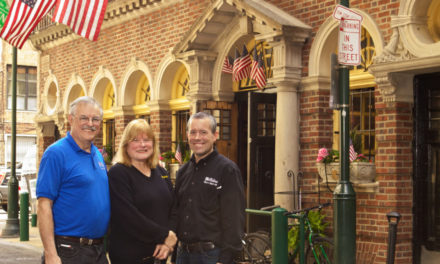Super Bowl LIII could not have faded more quickly from memory, but the investment in advertising by many of America’s greatest brands (and the inevitable handful of newcomers seeking breakthrough) lives on. This is especially true for alcoholic beverages, whether, like Anheuser Busch InBev, they claimed a monopoly on the event’s alcohol advertising through an immense bulk purchase of nationally televised ads, or like Jim Beam, with their strong regional ad buys.
Collage Group curated a selection of these ads to put through our recently developed AdRate analytics process. One ad, in particular, stood out—not for any controversial stance, but rather for its surprisingly polarizing effect on audiences. It seems even ads that steer clear of “taking a stand” can provoke wildly different responses from people with different cultural backgrounds.
 The ad in question, “The Pure Experience,” features singer and actress Zoë Kravitz using ASMR techniques (autonomous sensory meridian response seeks to elicit a feeling of well-being in response to a specific gentle stimulus, often a particular sound); while seated at a podium overlooking spectacular Hawaiian scenery, she whispers her lines while closely micing the sounds of the bottle being opened and poured to emphasize the tag line: “Beer in its organic form.”
The ad in question, “The Pure Experience,” features singer and actress Zoë Kravitz using ASMR techniques (autonomous sensory meridian response seeks to elicit a feeling of well-being in response to a specific gentle stimulus, often a particular sound); while seated at a podium overlooking spectacular Hawaiian scenery, she whispers her lines while closely micing the sounds of the bottle being opened and poured to emphasize the tag line: “Beer in its organic form.”
The ad produced among the most widely varying set responses to any ad tested, with African American and white segments demonstrating nowhere near the positive sentiment of Asian and Hispanic testers. Using a nationally representative sample of 948 individuals 21 and older, with deep multicultural oversample, AdRate ranked “The Pure Experience” and five other alcoholic beverages ads on two metrics that overcome the limitations of conventional brand favorability.
Called “groundswell” and “backlash,” these metrics measure the percentage of the sample “flipping” their perception of a brand from negative to positive—or vice versa. Results are then run through machine learning algorithms to scan all ads in the category, correlating high performance on groundswell both with high purchase intent and with respondent emotions and reaction to ad attributes (like “visuals” or feeling “happy”).
This machine learning approach modernizes the interpretation of ad norms by identifying how important each norm actually is. “The Pure Experience” performed well in certain attributes, but these significantly increased groundswell (turned viewers from negative view to positive) only for Hispanic and Asian demographics. By contrast, African Americans and whites valued a much smaller list of the attributes the ad did well on.
Further analysis showed that variations in attributes that are culturally important to each group may explain why, for example, Asian Americans responded so well—and why African Americans responded less well.
What does this mean for alcohol and spirit brands?
When developing ad content, brands need to incorporate the vast degrees of complexity within multicultural groups (across and within groups). There’s no set of prescribed norms to develop video content, and content that rests on tried and true norms—or content that tries to be neutral and “not stir the pot”—can still create polarizing emotions in audiences. Sometimes, this may ultimately drive a positive view of a brand to a negative one.
The future is here, not only in the demographic transformation of America, but also in how we learn from it in marketing. Alcohol beverage marketers—as well as advertising agencies—must arm themselves with the right tools to measure how and why culturally distinct segments respond differently to advertising .

David Wellisch, CEO of Collage Group, a member-based consumer research and strategic advisory company that uses facial tracking technology, machine learning, and surveys to help brands understand culture and generations. He is also the former founder of AOL Latino.











